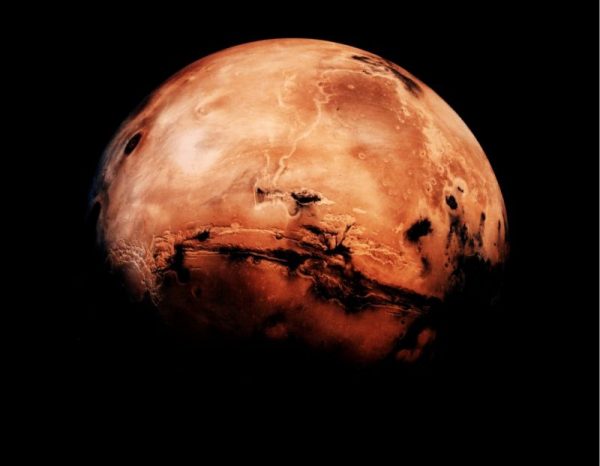
For astronauts preparing to spend a long summer vacation on Mars, hats and umbrellas might not be enough to protect them from the sun’s harsh rays.
And just like beachgoers slathering on sunscreen, explorers on the moon or Mars may one day shield themselves using creams containing a new bioengineered material called selenomelanin, created by enriching the natural pigment melanin with the metal selenium.
Outside the Earth’s protective magnetic field, humans are exposed to many types of dangerous radiation, according to NASA. This includes damaging ultraviolet radiation, X-rays and gamma rays from the sun, as well as superfast subatomic particles called galactic cosmic rays that originate outside our solar system.
The invisible accumulation of DNA breakage caused by these space rays can lead to cancer and, in high doses, radiation poisoning and death. Traditional countermeasures, such as lead or water shielding, tend to be heavy and greatly increase the cost of a space mission.
Enter melanin, a broad class of naturally occurring pigments found in animals, plants, fungi and bacteria. Some types of melanin provide humans with their wide range of skin, hair, and eye hues and help protect us against the sun’s ultraviolet light.


